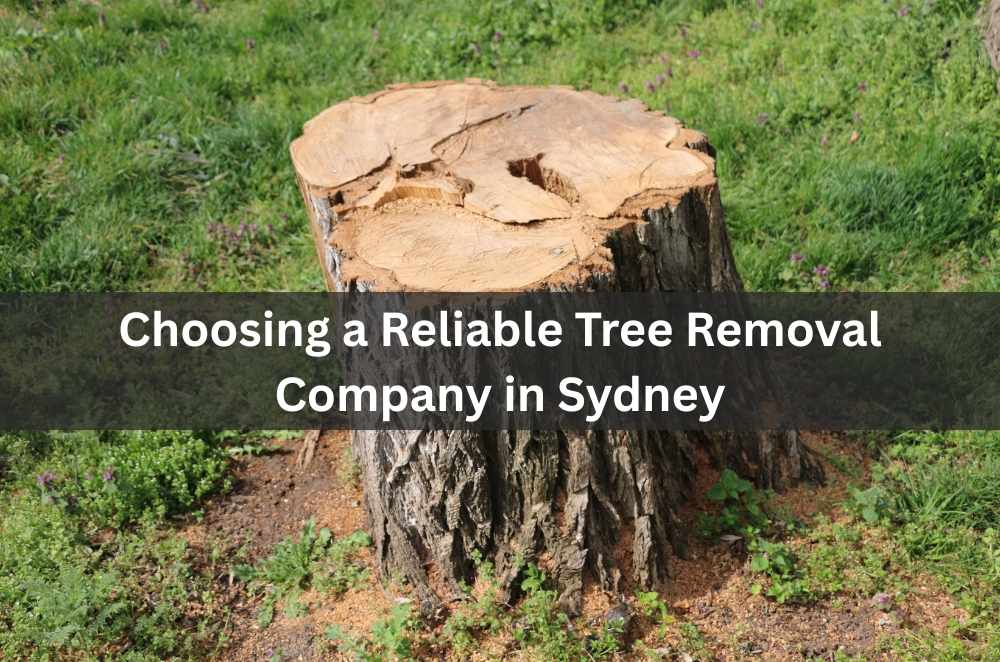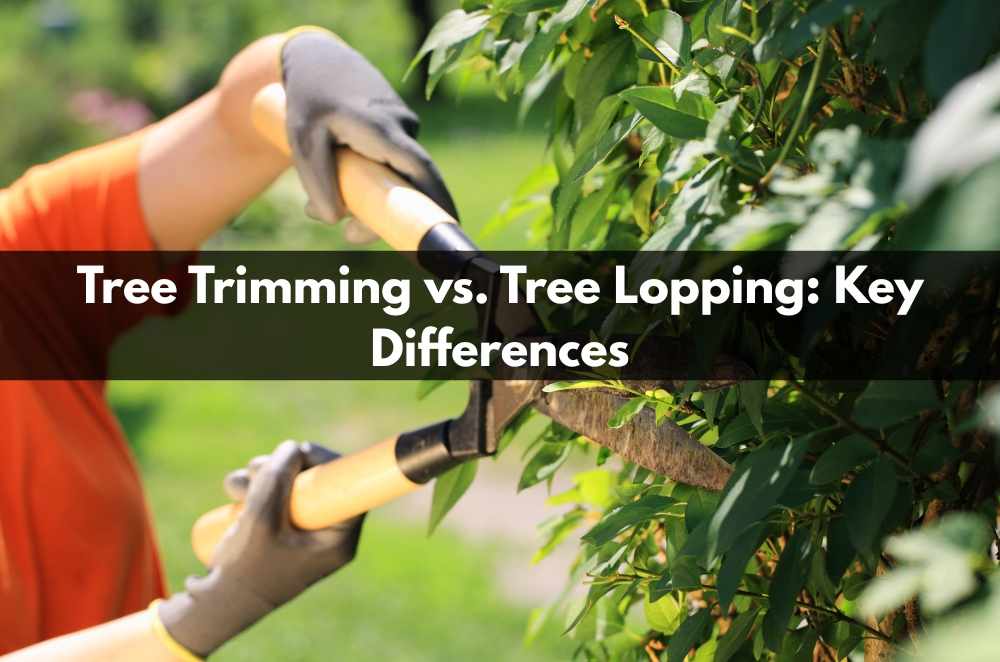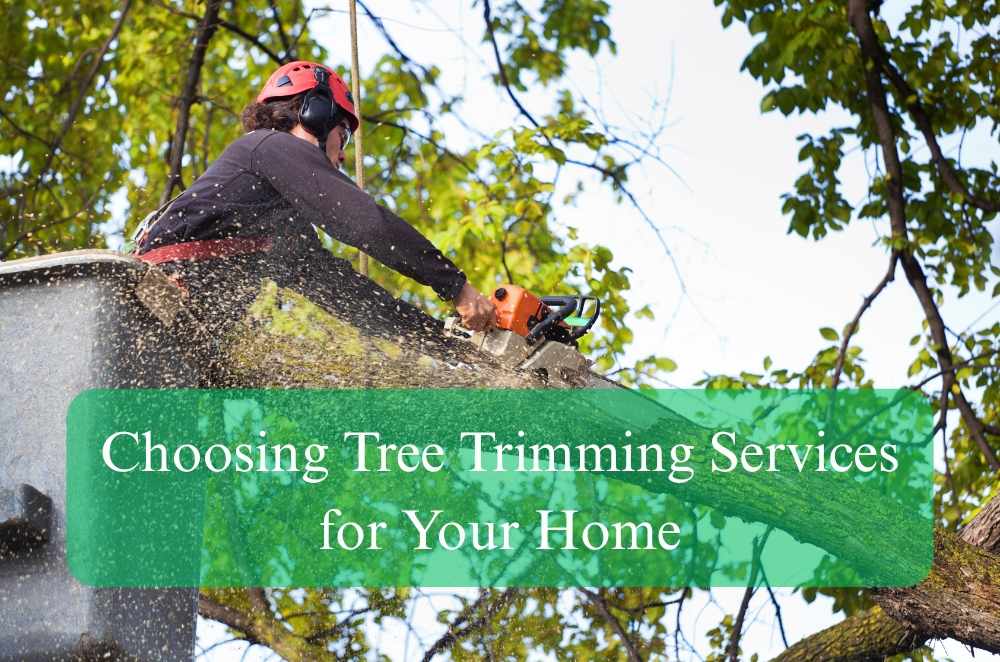
Storms don’t book appointments, and neither do failing branches. On tight urban blocks, a single lean can spook a whole street, yet rushing the job often causes more harm than good. The safest outcomes come from slow-looking, fast-acting crews that plan first, cut second, and leave a tidy site. I’ve stood under a swaying gum on a warm afternoon, watching an assessor map cables, fences, and wind gaps before touching a saw; that pause saved a roof and a neighbourly friendship. If you’re comparing quotes, look for a process, not just a price. Partnering with Sydney tree removal experts frames the job around risk, access, permits, and clean disposal—so the only surprise is how calm the day feels. Done right, a removal is unremarkable: no drama, just a safer yard and a clear plan for what grows next.
What makes a tree service truly reliable
Reliability isn’t a logo on a truck; it’s a series of small, careful choices from first call to final sweep. Two good questions: who is planning the job, and how will the site be protected?
Transparent scope: Lists pruning versus removal, stump grinding, debris disposal, and ground protection.
Qualified assessors: Use trained staff to evaluate structure, decay, lean, and wind exposure.
Access planning: Details equipment paths, temporary matting, and protection for paving and gardens.
Communication habits: Provides written timelines, contact points, and weather fallback plans.
Strong operators also treat compliance as part of safety culture, not a hoop to jump through. Guidance around property and tree maintenance clarifies when approvals are needed and what information helps applications move faster. When paperwork is tight, neighbours relax and schedules hold.
Assessing risk and site constraints before the first cut
Every site is a puzzle: wires above, pipes below, pets inside, and possibly a cranky breeze funnel between houses. A measured start prevents costly finishes.
Hazard mapping: Identifies brittle limbs, including bark, cavities, and strike zones if things go wrong.
Drop zone control: Plans controlled rigging or sectional dismantle to keep weight off fragile surfaces.
Neighbour interface: Coordinates access through shared driveways and manages fence-line sensitivities.
Noise and timing: Stage loud tasks to respect work-from-home rhythms and local quiet hours.
On one narrow block, I watched the crew stage a sectional dismantle using friction devices and taglines to thread limbs past a pergola the owner adored. The work felt slow from the street, yet it finished earlier than expected because nothing had to be fixed afterwards. When urgency is real—storm damage, split stems—crews with systems for fast tree removal move with purpose without skipping the checks that keep people and property safe.
Pricing, scope, and the costs you don’t see at first
Two quotes can look similar and produce wildly different days on site. The difference is usually hidden in assumptions about access, disposal, and risk.
Access allowance: States how gear enters the yard and what happens if access narrows on the day.
Waste logistics: Clarifies mulch removal, timber sizing, and whether green waste is recycled.
Ground protection: Includes mats for lawns and pathways so “after” photos look like “before.”
Contingency triggers: Explains how wind, rain, or unseen rot alters the method and price.
Clear notes up front keep invoices clean later. I ask for a map showing drop zones, a list of mats and barriers, and the plan for sawdust and chips. That one page tends to predict the day better than any glossy brochure. For broader planning logic, look to the planning tree removal process—a reminder that the calmest removals started on paper, not under a wobbling limb.
Safety, permits, and neighbourhood goodwill
Tree work touches community space—footpaths, shared driveways, and eyes on the street. That makes courtesy a practical safety tool, not just politeness.
Traffic controls: Sets cones, spotters, and signage when limbs swing near public spaces.
Clear notifications: Let neighbours know dates and likely noise windows to reduce conflict.
Permit evidence: Keeps approval documents on hand so questions don’t stall progress.
Aftercare briefing: Provides stump options, soil repair, and replanting ideas that fit the site.
The most forgettable jobs are the safest ones: short toolbox talks, tidy barricades, and friendly updates. People forgive noise when they can see the plan and the finish line.
Environmental care and what happens to the timber
Removing a tree should feel like stewardship, not waste. Recycling options often turn a necessary removal into future value.
Mulch pathways: Chips feed garden beds, suppress weeds, and cool soil in summer.
Salvaged timber: Select pieces become slabs, furniture, or habitat logs where appropriate.
Soil recovery: De-compacts machine routes and top-dresses lawns to prevent ponding.
Replanting intent: Suggests right-size species with root behaviour suited to pipes and paving.
I’ve seen families smile when a troublesome trunk comes back as a bench for the same garden. The memory stays, minus the risk.
How to read a quote like a pro (without a headache)
If a quote reads like a mystery novel, ask for a version that behaves like a checklist. You want clarity more than big promises.
Line items: Breaks the job into assess, dismantle, remove, grind, and tidy so the value is visible.
Evidence pack: Includes insurance certificates, training records, and equipment list.
Weather plan: States thresholds for wind or rain and the reschedule procedure.
Site photos: Uses annotated images to show risks and chosen rigging or drop zones.
Those pieces turn comparisons into apples-to-apples. The decision becomes calmer because everyone is reading the same map.
Aftercare that protects soil, structures, and new plantings
The work isn’t over when the stump is flat. Good aftercare sets up the soil and the next generation of shade.
Stump options: Chooses grinding depth to suit future plantings or paving plans.
Root review: Checks for uplift near paths and mitigates trip hazards before they spread.
Watering plan: Helps soil rebound where machinery compressed the profile.
Species advice: Pair new trees with the site’s light, wind, and space so that roots behave.
Small steps here prevent new headaches later—blocked drains, lifted pavers, or baked courtyards with no canopy.
Choosing with confidence
The best company for the job is the one that treats your yard like a small worksite with real rules: risk assessment, clear drawings, and an honest schedule. Start by asking for a scope that explains method, access, and disposal in plain language, plus a weather fallback that won’t punish your timeline. Look for signs of care—mats for grass, barriers for footpaths, and clean comms that keep neighbours onside. Permit guidance helps too; good operators fold approvals into their workflow so you aren’t left chasing documents at dawn. After the last cut, the site should read as respected: soil relieved, chips managed, and a simple plan for what happens next. That’s how you turn an anxious tree day into a routine maintenance story—short, safe, and soon forgotten for all the right reasons. Pick crews who plan like engineers and tidy like guests, and the job will feel professional from the first walkthrough to the final sweep.







Write a comment ...